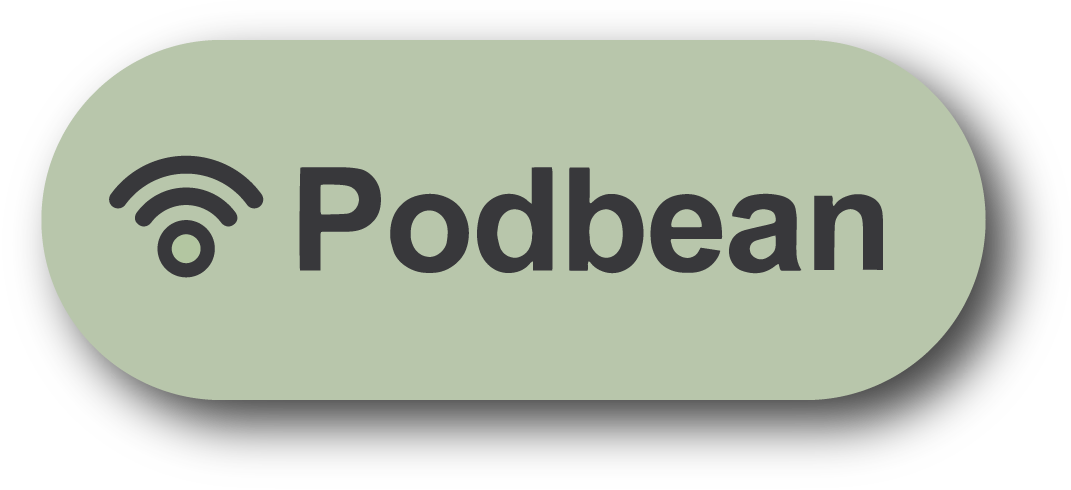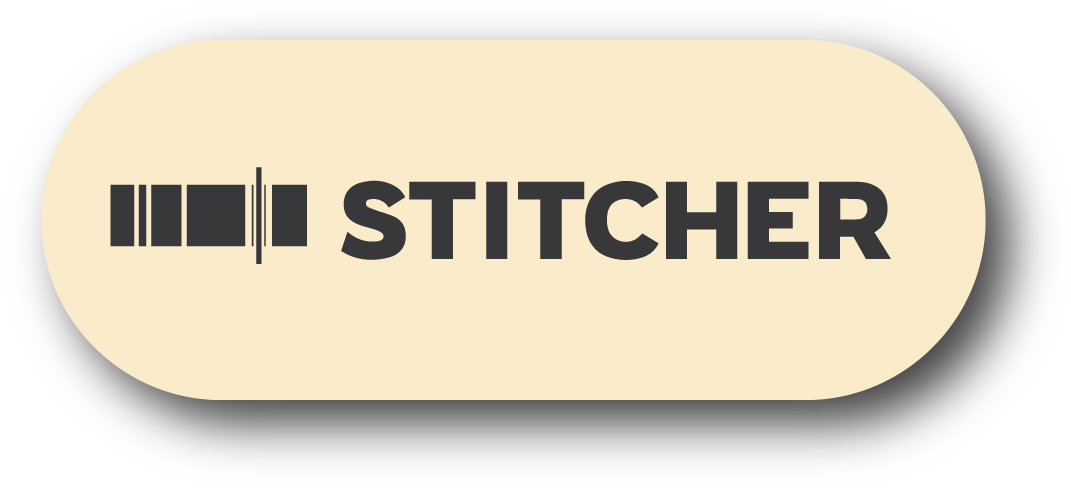#329 - THE LIVABILITY OF DESIGNER HOMES
SUMMARY
This week David and Marina of FAME Architecture & Design discuss the livability of designer homes. The two cover designing for function and aesthetics, material resilience, lifestyle changes, space efficiency, designing based on reference images, and the benefits of adapting to design-forward living environments. Enjoy!
HIGHLIGHTS
TIMESTAMPS
(00:00) Introduction.
(01:53) Durability of different materials and building maintenance.
“Having a really high-end house is like having a Rolex or a sports car. High-performance cars and watches need maintenance and care.” (04:28)
(05:54) Not compromising aesthetics for functionality.
“I saw a kitchen island the other day that had a countertop that was 6” thick with stools that were cubic blocks of marble. It looked really amazing, but if you were to sit there, it would be the most uncomfortable experience because of the human proportions. Those stools are so heavy, they would be really difficult to move and your legs wouldn’t fit under the counter because of its thickness, so you’d have to sit sideways. These would seem like minor details, but if you tried living with that every day with your kids it wouldn’t work.” (06:14)
“Design suffers when they are trying to be both aesthetically pleasing and function, but the design is not finding a synergy between the two, instead it’s just compromising which is the worst approach.” (09:02)
(13:00) Adapting to new modes of living and minimalistic bathrooms.
“I wish there were more of these designer bathrooms because they question how we live in these spaces. We don’t all need a medicine cabinet. It is not mandatory to have a medicine cabinet/ It is not mandatory to have a splash guard. Why don’t we think about these things differently? Why do we try and store so much stuff in a bathroom? I think if clients are willing to explore living differently and become different people then it is very interesting to look at these spaces with a different lens. We can design it so it doesn’t feel like you’re hopping in a tub to take a shower, what if you’re standing in the middle of the room and the rain comes down as you look at the beach or you're looking at a giant artwork you bought? What if we made those small daily experiences different? “ (14:10)
“The home is the attire of your environment. This is an analogy to clothing. Homes are more expensive and take longer to build than clothing, but it’s the same principle. Creating a home is the opportunity for you to express yourself and if you want to be that way, be that future self, then build the environment to do that. It’s a missed opportunity if you don’t allow yourself the personal potential and freedom to live a new way.” (18:20)
(26:38) Reference images expectations versus reality.
“A lot of times with reference images that are really cool, it works for the particular contexts and constraints of that project. […] You can’t just copy and paste [designs]. It’s all about looking at what you have, and making the home special for those conditions. Because you never want it to feel like you crammed a square peg into a round hole.” (27:45)
(28:15) Styling.
“The thing that stands out to me when I look at published projects, is how perfectly positioned everything looks in the photo. You have the brush here, the cup there and the flowers are fresh. It is not how people live. It is not how their house looks every day. Those photos you see published… there was a stylist and a photographer that captured that particular moment. The picture was composed. It’s not to say that those elements could not be there on an everyday basis. […] But it goes back to who the client is. You have to be a person who is willing to live, oftentimes, with flowers or books here and a vase there, and not put your own random, and often ugly, items scattered around the house such as photographs of your cousin’s wedding or magnets all over the fridge. That’s all real-life stuff and it’s important stuff but it highlights a discrepancy.” (28:19)
“The space within which we live, work, and exist in truly impacts how we feel mentally, physically, and all of the other different levels of life satisfaction, and we have control over it.” (37:09)













